For video with caption: Panopto Video
Author: C.R. Reyes
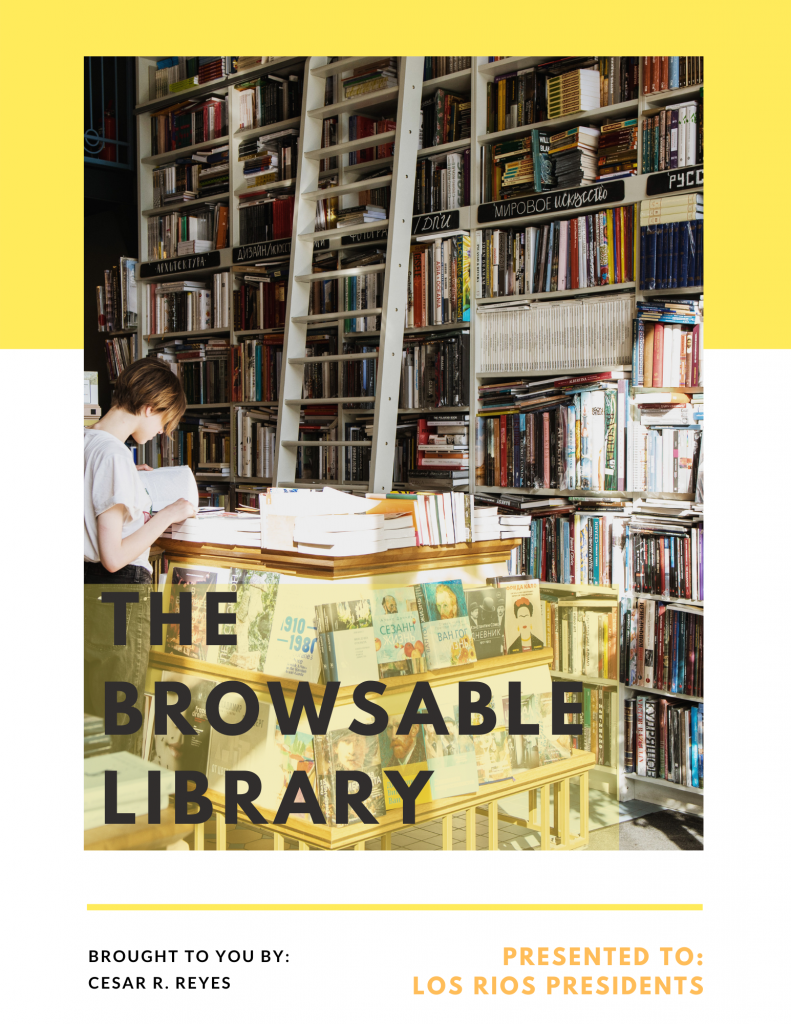

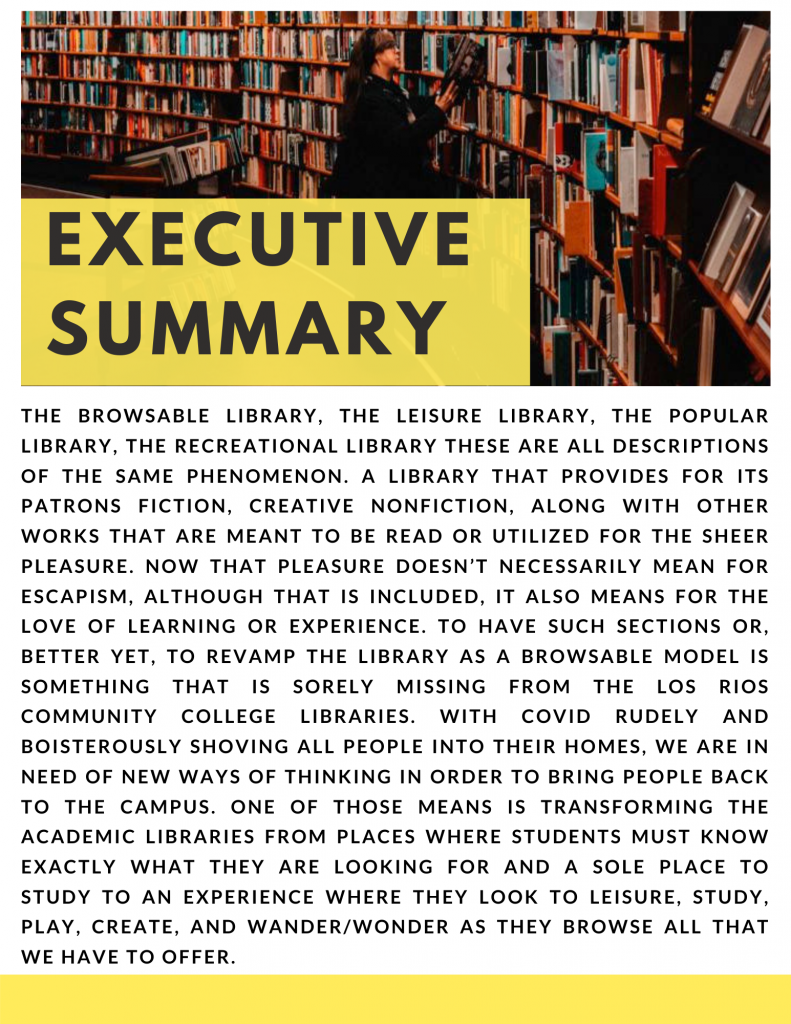
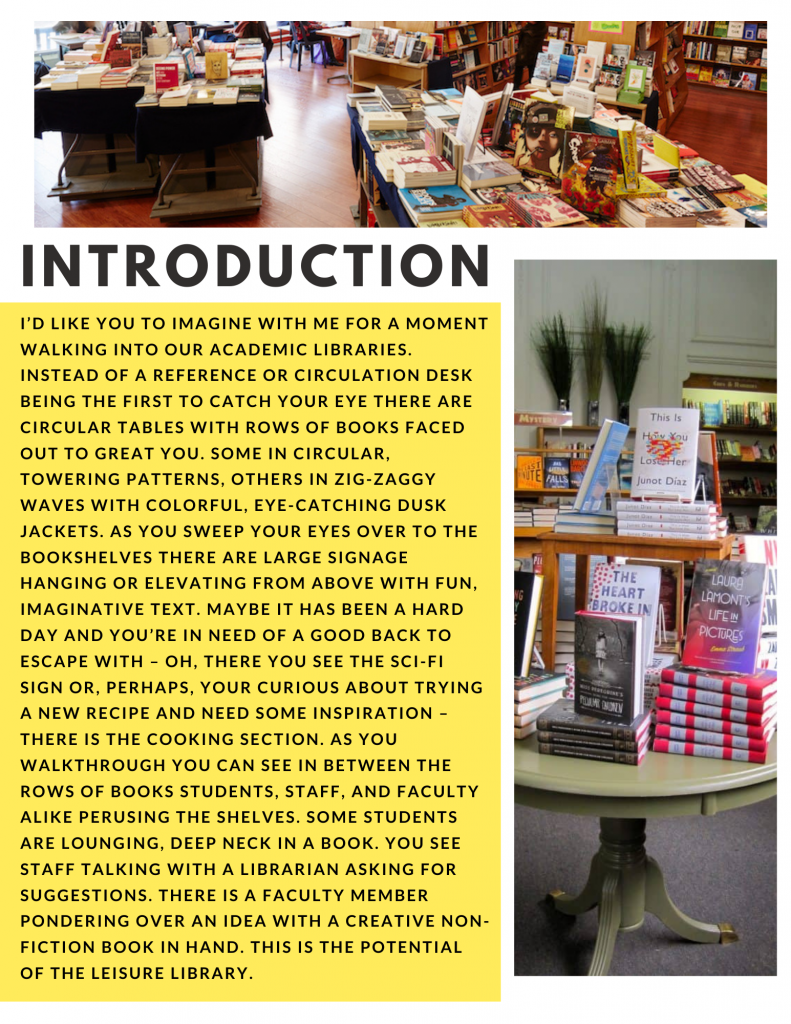
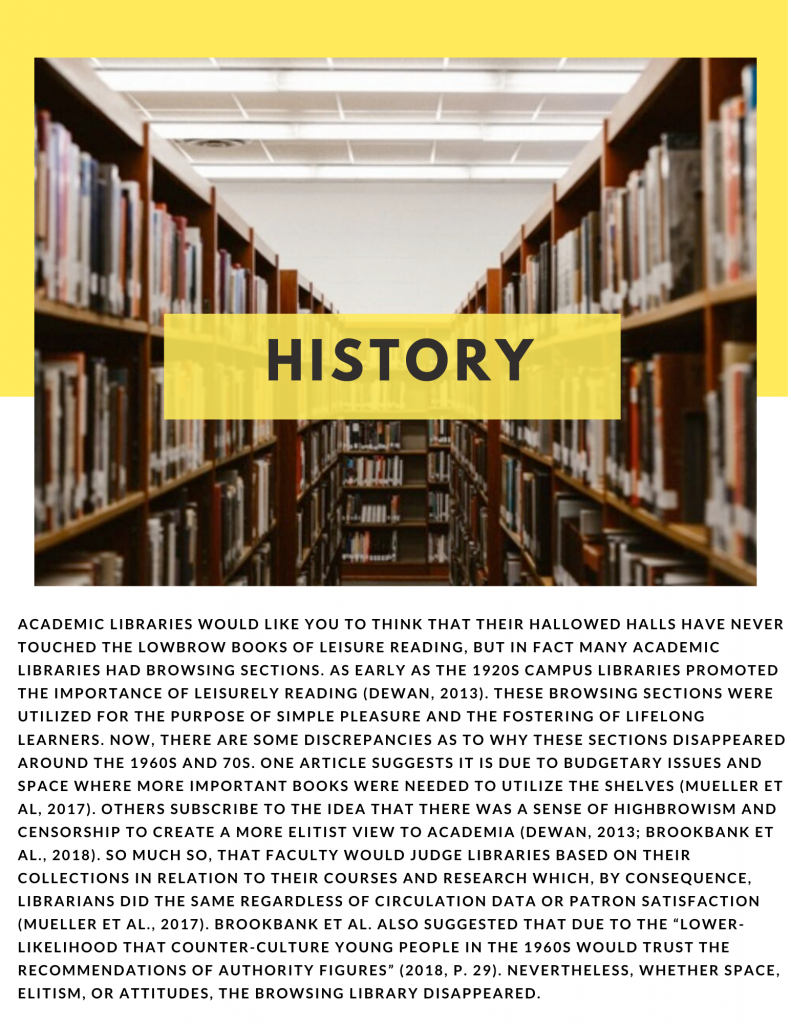
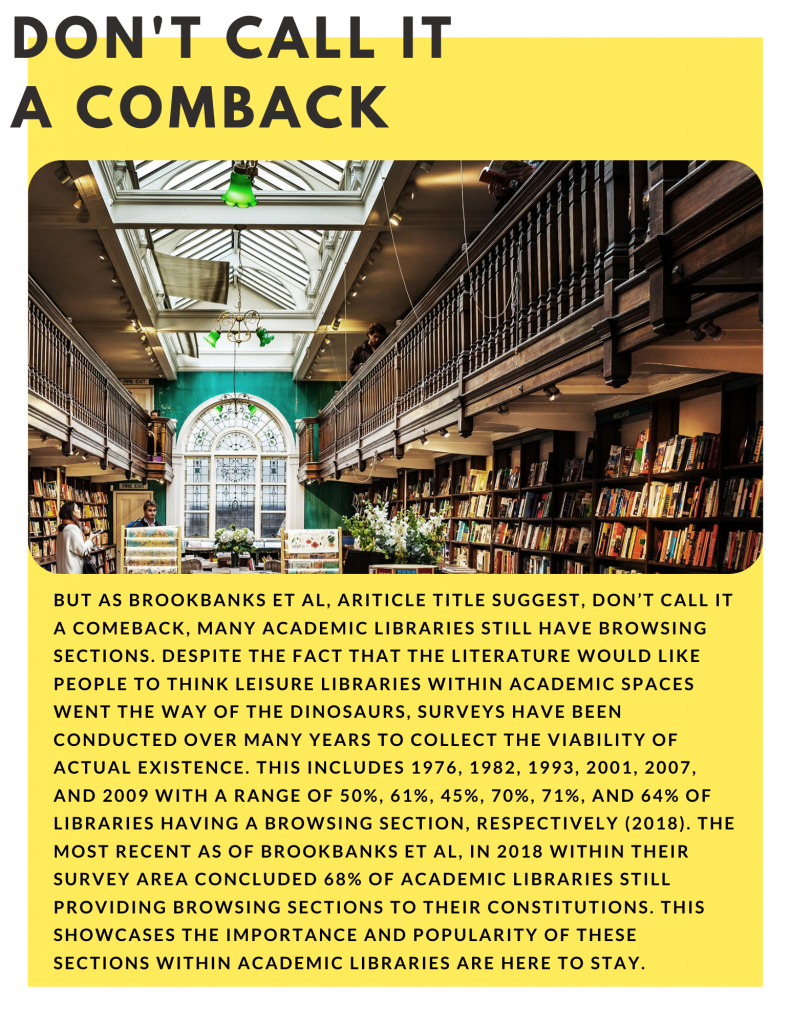

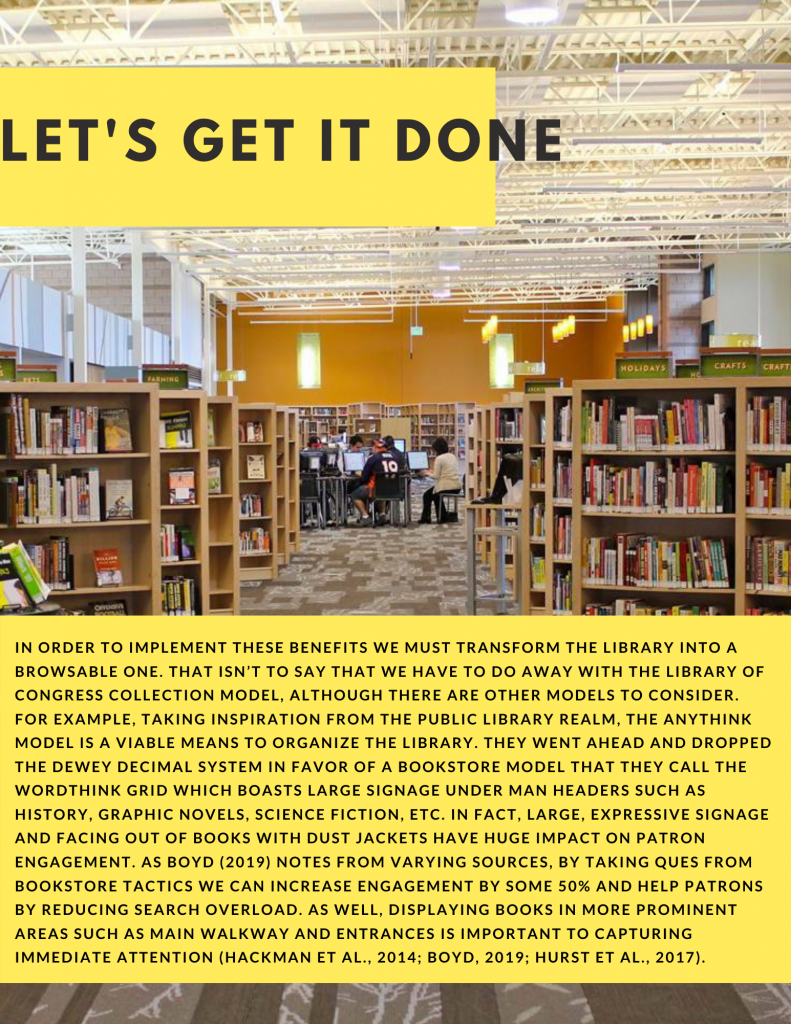
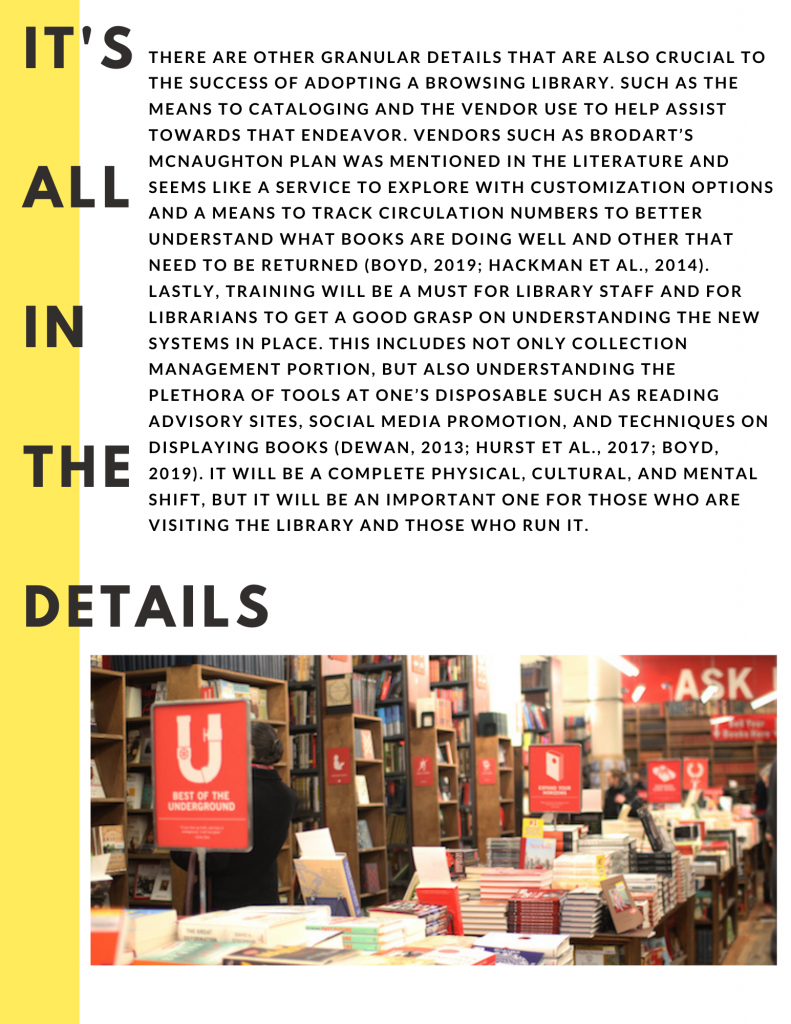
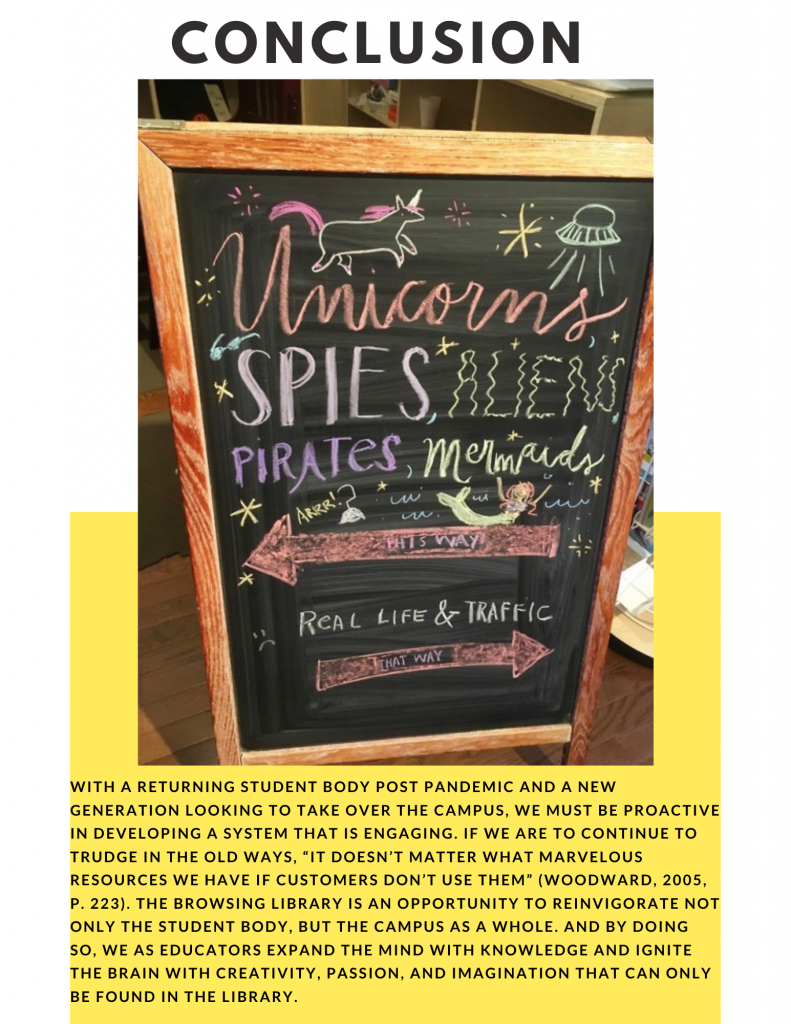
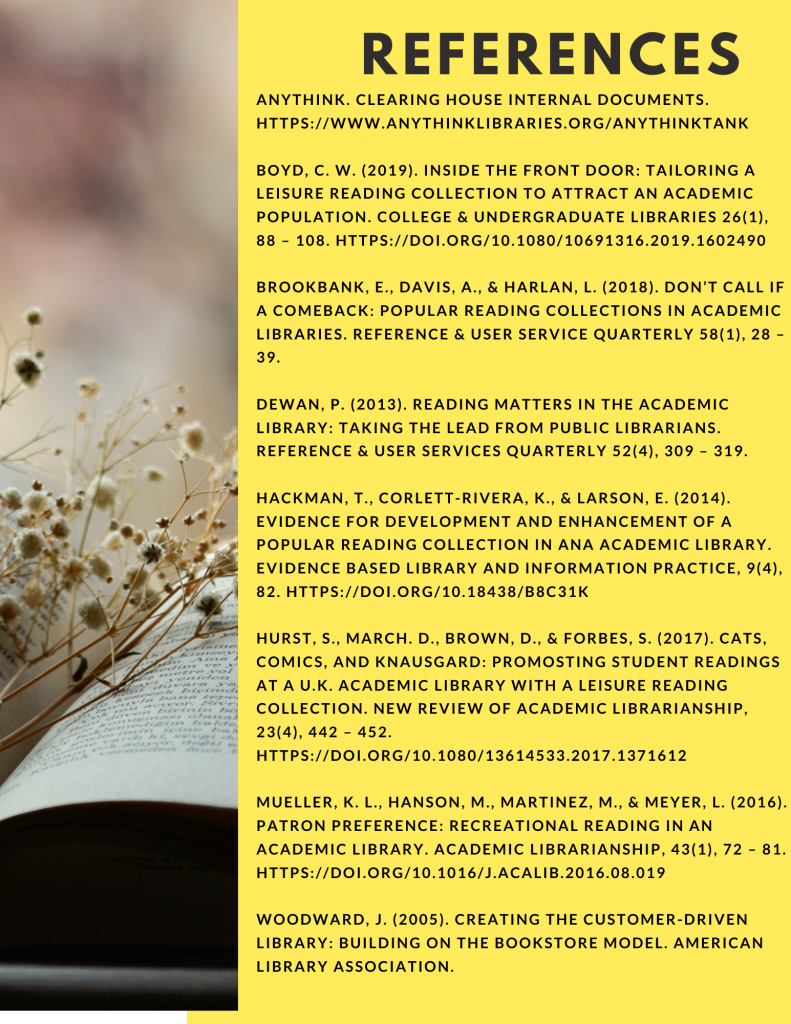

Maybe I am behind the times here. It seems like everyone is talking around it, but no one wants to say it out right. Is the library, at this point, a community center or at least on its way to being one?
I took a look at the Miriam Webster’s definition of a library and it states, “a place in which literary, musical, artistic, or reference materials (such as books, manuscripts, recordings, or films) are kept for use but not for sale”. Pretty outdated. Although, it gets the basic point across – we have resources that anyone can use for free. And then I looked up the definition of a community center, “a building or group of buildings for a community’s educational and recreational activities”. It seems that the library now does a mixture of both. A little less books a little more educational and recreational activities.
One of these concepts is presented by Michael Stephens as the library representing the “People’s University” and describes it as “an open education resource or commons – or center for lifelong learning” (p. 3). I think the word library has become too limiting or at least needs a rebranding to further articulate what exactly the heart of librarianship is and what librarians strive to do for the community. As outlined in the Roskilde library strategy plan under lifelong learning, there is now a comprehensive outlook to learning. Not only are we providing resources to books, we are also providing the programming and scaffolding to explore to one’s desire.
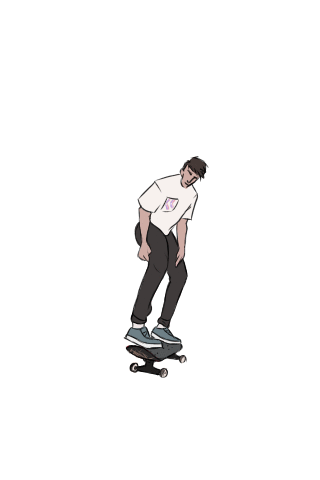
In this ideal library community setting – let’s call it the Community Library Center, there is attached basketball courts, skate parks, computer labs, and multimedia rooms for guest speakers where patrons can come to participate in whatever way they see fit. Where librarians can assist in developing programming around doing a kickflip, how to shoot a ball into a hoop, email etiquette, and even how to do your own butchering (that was at Johnson County library). It is a true community of learning that is not limited by how much money you have, but instead on how much you are willing to learn.
I was listening to a StoryCorp episode this week, one where a son and granddaughter talked with their grand/mother about her life. It was short, but sweet in a way that brought tears to my eyes (I am sucker for stories about kids and their moms). And it had me thinking about how we will share stories in the future. What does sharing stories in the library look like in a highly interconnected, interactive technology rich world, specifically, within an academic setting?
The Pew Research Center’s predictions for 2025 come to mind as I explore this question when they say, “people’s relationship with technology will deepen as larger segments of the population come to rely more on digital connections for work, education, health care, daily commercial transactions and essential social interactions. A number describe this as a “tele-everything” world” (para. 2). In this tele-everything world, I imagine augmented reality and its beefier brother, Mixed-reality, will be the norm in libraries everywhere. Look at Microsoft HoloLen’s 2, a mixed modal virtual reality device to interact with the physical world with virtual capabilities. Already we are seeing the applications of this in today’s world in medicine and education. Now imagine this in academic libraries: students will be able to step-in and be able to interact. Like to reserve a study room? Right there on the spot via a drop down menu or some other form of interactive display. Oh, you are browsing through a book and want to learn more? As the book is opened or picked up there could be a plethora of options for video content, recorded reviews or audio readings. Need assistance with a research question or finding a particular book? Long gone is the reference desk. Instead, librarians will be able to interact with students on the spot through a virtual avatar.

If we are thinking about librarians as virtual avatars, I think most people’s natural fear goes to will librarians even be needed in the library? Like most things, it is a yes, and a no. I think librarians will still be important to implement programs and give much needed research advice but there will be a shift in how librarians will be asked to do their job duties. Much how librarians have changed from gatekeepers and collectors of knowledge to propagators and stewards there will be a transition period. I believe librarians will have more time to be explorers and innovators. To connect with patrons in a way that they may not today. But there will also be libraries, especially in rural areas or areas where staffing may be limited, where automation will be a necessity. For example, the Scott County Self-Serve Library already sets itself as a pilot example for the future. Where patrons will be able to check out books, movies, music, or go beyond that to do whatever their information needs are all in one place with the help of a virtual librarian. It will be a beautiful world, with an informed populace and librarians to help guide the way.
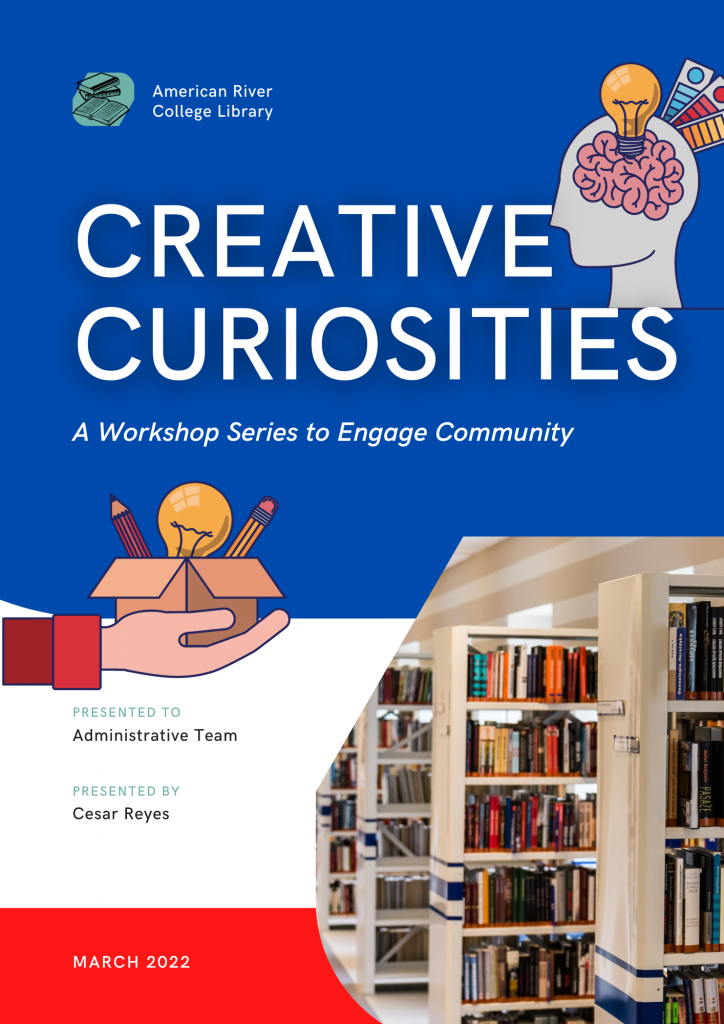
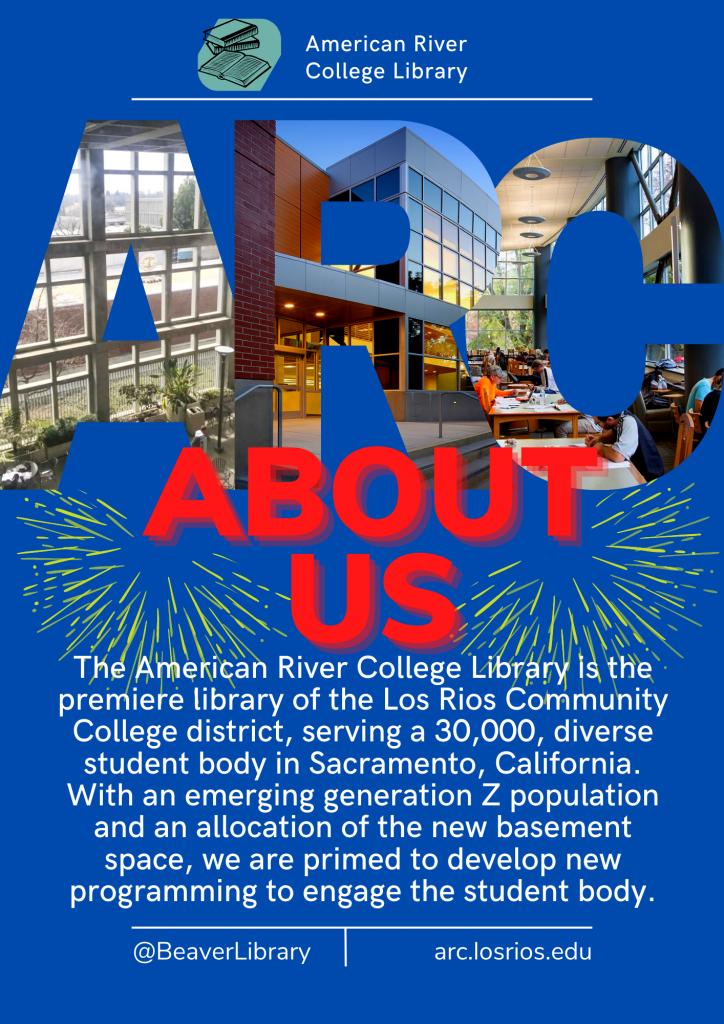

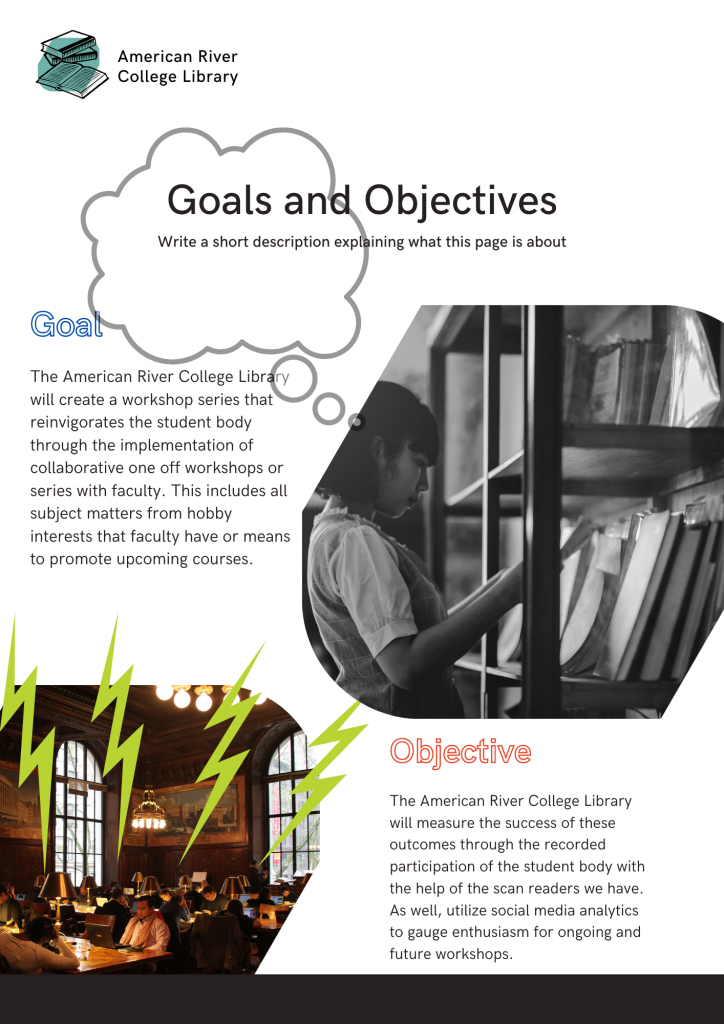
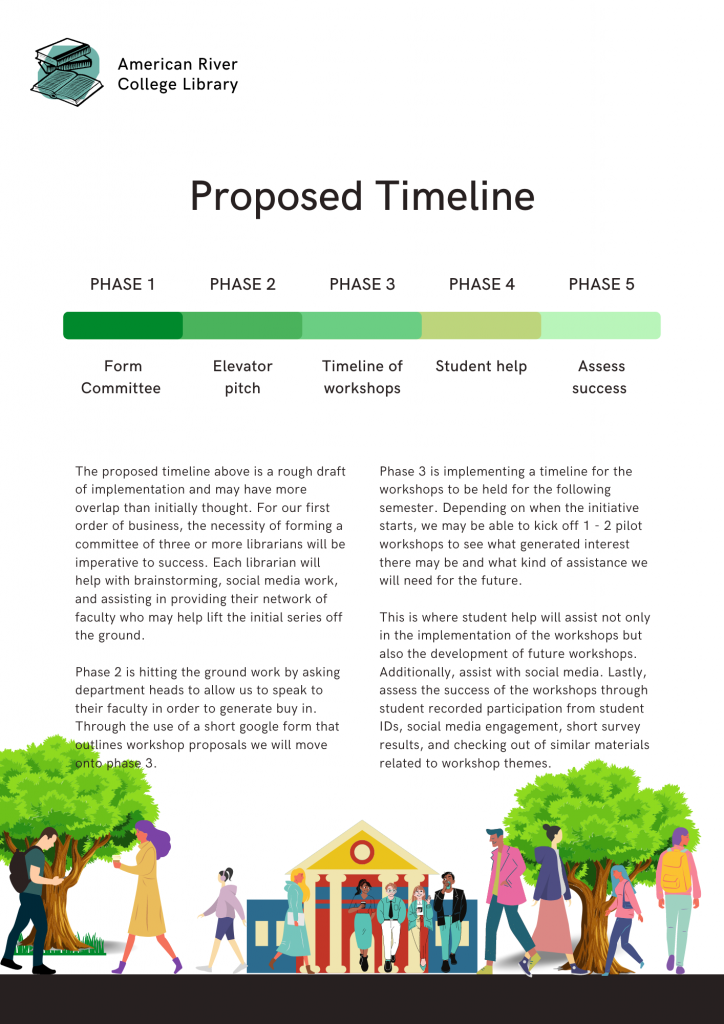
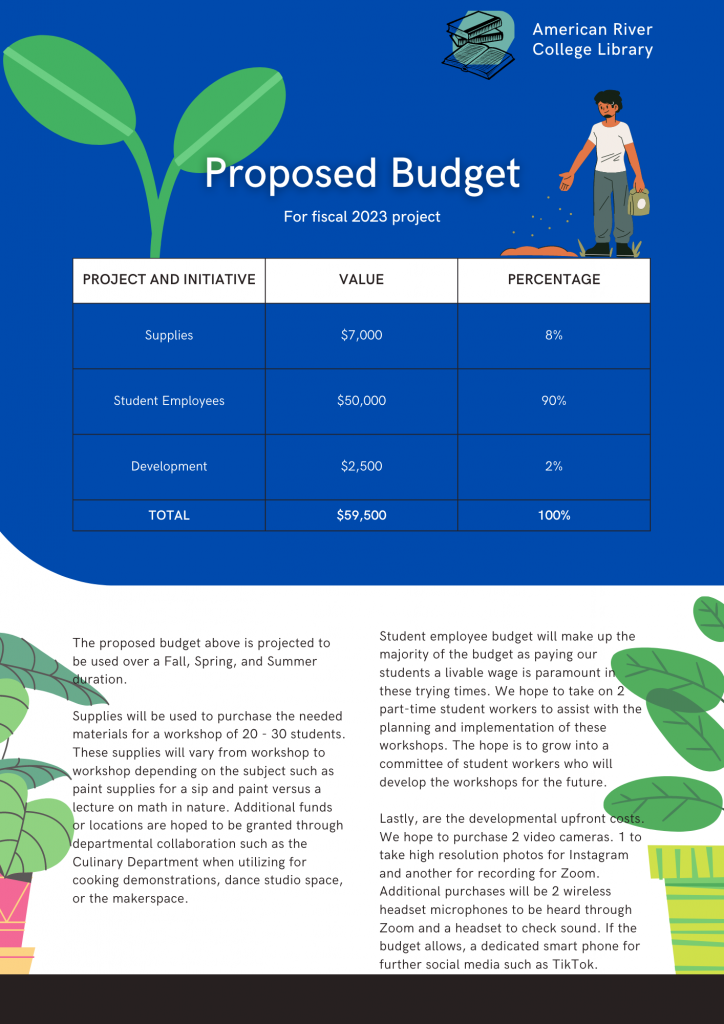
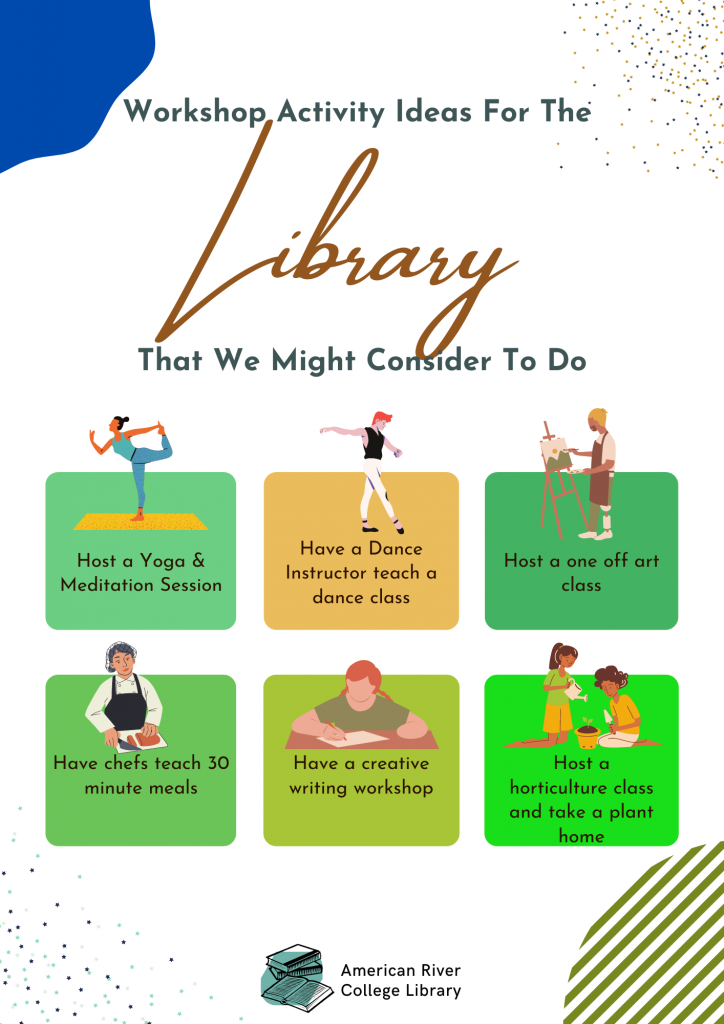
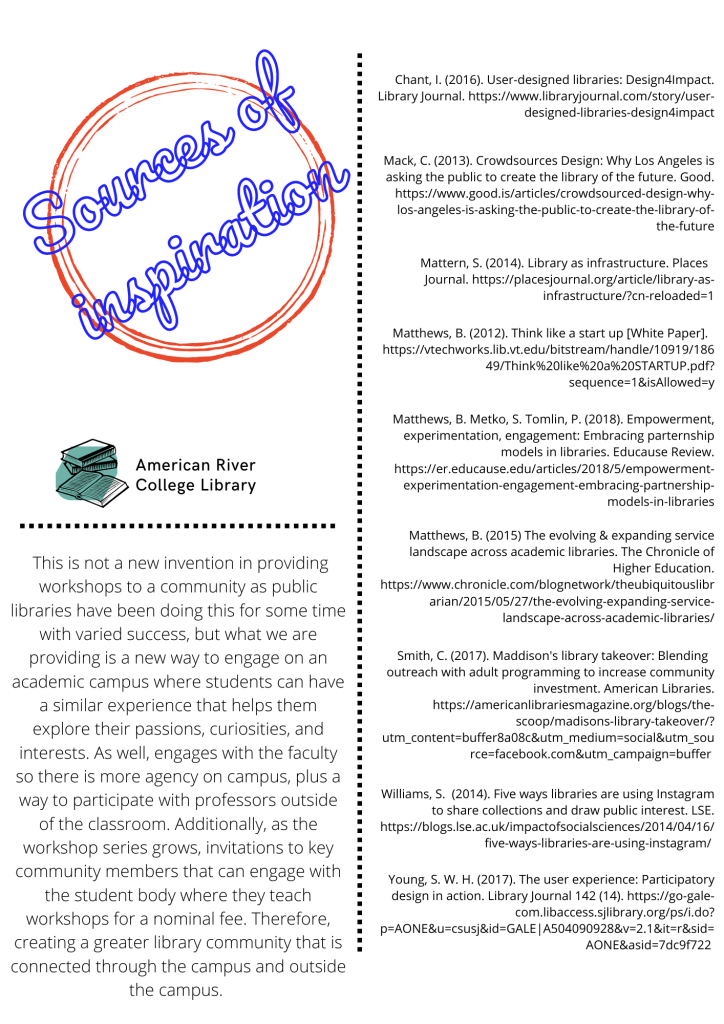
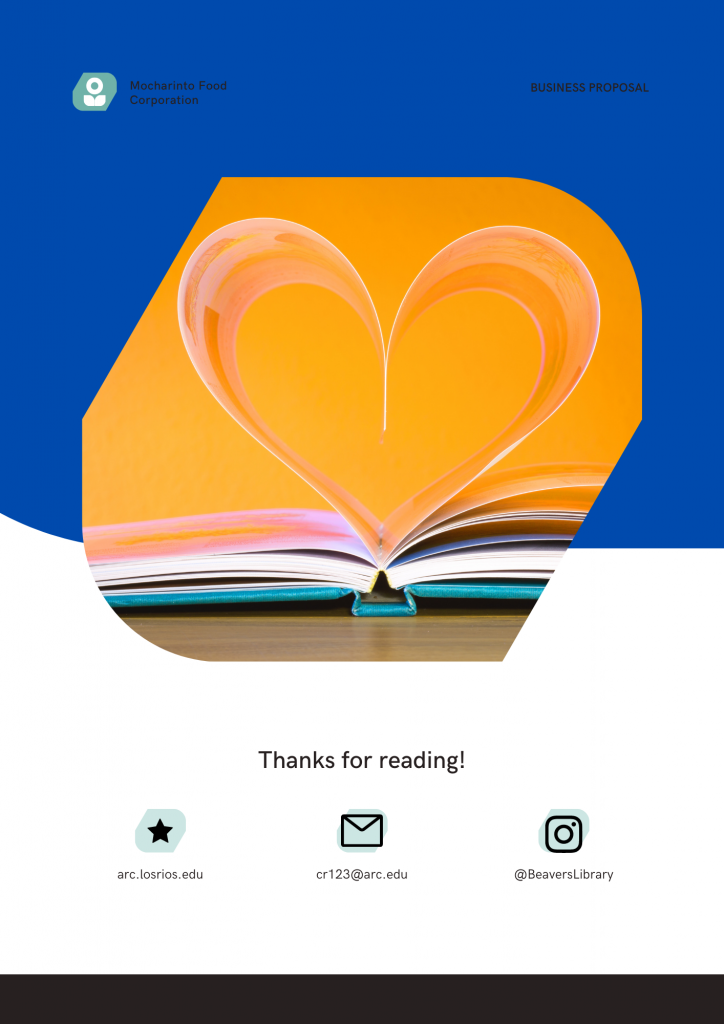
There is a fear in the pit of my stomach. It is there like two serpents tangled together bashing about to be set loose. They become loud and venomous when I think about academic libraries that I visit on college campuses – rows on rows of desks for study space. Books as far as the eye can see. An archaic amount of silence like walking through a monastery. The lack of identity or community is palpable. It is the fear that academic libraries will go extinct. That at some point they will be seen as no more than glorified study halls, the only thing holding college presidents to keep them alive is nostalgia. That seemed no more apparent than during the remote operations of the pandemic when many academic libraries were closed. The librarians I spoke with had a fog over their eyes as they tried to comprehend what their purpose was. How do they stay relevant without a building with students?
Admittedly, much of what I heard, and saw, is anecdotal. But for those librarians who spoke to me it had a real impact and by association impacted me around my thoughts on the future of librarianship. What does it take to be more than a place with four walls and quite place to study? How does a library begin to build community? How does academic librarians start to believe that they can in fact be the change to spark innovation? I think it first begins by accepting that times have changed. We can no longer sit idle while students come to us. As Keith Webster states, “users are able to meet their information needs outside the library and we need to redevelop our services so that we are interacting with and fitting in to the user’s workflow.” (What will academic librarians be tasked with doing, Para. 6). We must develop new means in order for patrons of the today and for the future to see us as a vital source of information. To continue to do workshops not only on research but also fun engaging activities such as making comic books, crocheting, dance lessons, or whatever activity that allows people to create and be curious within the library. To start there and continue forward like Virginia Tech with the goal in mind of the community to start creating and involving themselves within the library community.
I’m not saying it is going to be easy. In fact, it will be very uncomfortable throughout the stages of evolving. People will say that this is not what a library is supposed to be, but to not grow would mean to only accept our demise. Much like how the Anythink library model was developed in order to be saved from impending destruction – I’d much rather build before we are having to fight for our right to exist. And through that creation, having a firm understanding of our identity so whenever we are forced to be within new grounds, such as an online environment, we are prepared to do so by already having an understanding of ourselves.
-Cesar
I am in a Zoom meeting with my student peer mentor, let’s call her Elizabeth. It is the heart of the pandemic. The campus has been closed for what feels like going on forever. At this point, I can hardly remember what it was like to hear the bustling of students in the quad. The rustling of backpacks as the students hit pavement hard pounding with quick footsteps towards their next class, the running into a colleague or friend to hash things out on the fly, even the presence of someone’s silence as they lounged on a bench or under a tree reading. Elizabeth and I are having our weekly check-in to brainstorm upcoming projects to better connect with the student body. That last few workshops have not been attended well. A smattering of 5 to 10 students with a cohort of 1,000. I remember jumping for joy at one particular workshop when we just broke 20 attendees, not all of them were students. Elizabeth is wicked smart; and as someone who is a student she has a keen eye and understanding of the student body. She tells me her friends and classmates are lethargic, fog brained, and at times unwilling to get out of bed. She wants to find a means to provide people with some much-needed endorphins. She suggests yoga and meditation.
“So, I’m thinking,” she says in a way that suggests some great anticipation, “I can lead a yoga session through zoom with some guided meditation. We can invite all the students to participate. We could do multiple sessions for the non-early birds.” I can tell she is excited by the way she glides her hands across the screen gesturing the emphasize her words. She, by all means, encompasses the word leader, but I, as I listen, am in the heart of fear. While there hasn’t been an incident of Zoom bombing, the act of aggressive disruption to negatively impact those in attendance of an online live space, for quite some time – I was spinning. The whole student body you say? I hadn’t even bothered to ask if she had done yoga regularly or had practiced meditation techniques on hand. I had shut down the thought immediately. I wasn’t trusting her, let alone the student body to participate. While it came out of protection, it was rooted in fear. That conversation is sitting with me this week as I think about the libraries and their librarians who are choosing to live in radical trust.
I am thinking about the Gwinnet County Public Library who decided to implement a pilot series called Open+ that allowed patrons, for as little as a onetime $5 dollar fee, to have access to the library during non-business hours. Meaning, no librarian or staff worker present. Simply, the books and the patrons. To tell you when I discovered this, it seemed to fly in the face of everything that I was told about safety. The worse case scenarios of what if questions were all I could think about. My God, the danger! My God, the liability! But as you’ve probably guessed, since they’ve initiated the program there has been no major incidences. While no one is being fool hearty, there are security measures in place, there is still a sense of trusting the patrons to conduct themselves appropriately.
This is not the only instance of radical trust. The Madison Public Library conducted a new initiative called the Library Takeover Event which allowed 3 groups of patrons to conduct their own programming through assistance of library resources. As one librarian put it, “It was kind of scary to trust that we didn’t know what was going on all the time.” (Providing Resources). And I think that is where the issue lies. We assume in part that we must have the most control in order to provide the best service and somewhere in there is also an arrogance of assuming we know what is best for our patrons. To know better than our patron’s needs than they know themselves. For me, this is a reminder to Trust. To believe in humanity. To say the good will outweigh the stumbles. Because if we choose to live in trust then all we can imagine is just a moments reach from our touch.
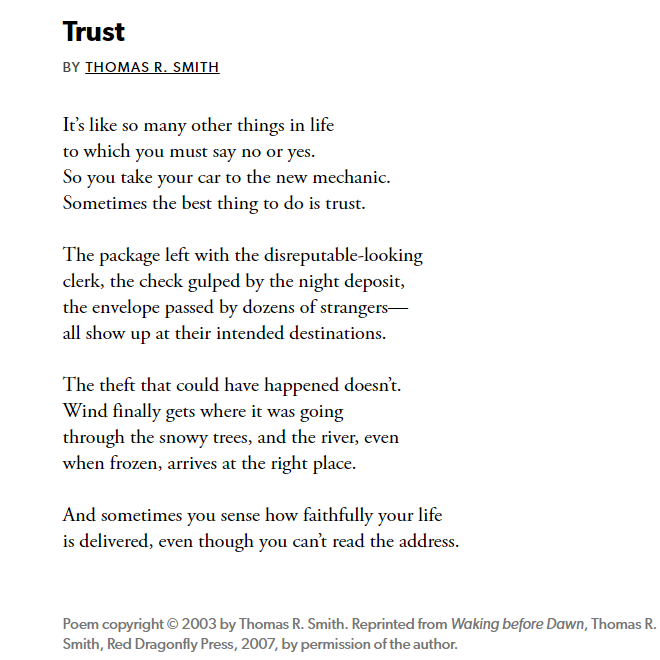
– Cesar
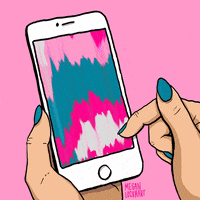
I am scrolling through TikTok, the blurring of videos flashing before me. A melody of food enticement, funny sketches, and random stories…luckily there is a 5-minute timer. I’ve been doing the Po
modoro technique, 30 minutes on 5 minutes off to give my child brain an excuse to concentrate. “Look”, I say, “there is a treat at the end of this” and so the cycle continues. Otherwise, most likely, I would be here for hours. One eye-catching video after another. Maybe that is what Howard Gardner and Katie Davis mean about app-dependency in The App Generation: How Today’s Youth Navigate Identity, Intimacy, and Imagination in a Digital World. Too much digital candy, not enough digital vegetables. My TikTok obsession aside, it is not exactly what they are after. They, instead, ask the question (much like the title suggests) – how does a generation (hello Zoomers!) form identity, intimacy, and imagination in an age where they are flooded with technology and, by consequence, the plethora of apps packaged to them. And, more to my interest, how does a library play into this future generation’s needs?
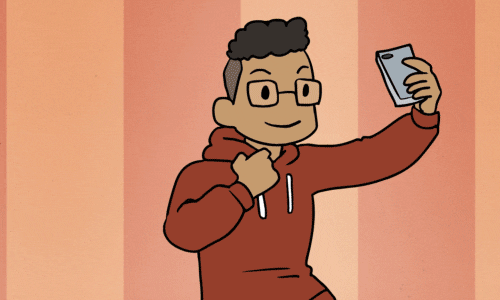 There is definitely some fear in this book. Not the 5-alarm bell, the robbers are off with jewels, but a concerning sit down like a parent saying, “I’m not mad, we just need to talk”. That kind of fear, a little anxiety inducing, but some self-awareness in the mix. It seems to stem from the duality of the positive and negative that technology can provide. The authors first identify, as a generality, that this technology induced generation tends to be more open-minded, worldly, and comfortable with varying lifestyles and identities which is too be expected with the internet providing such a robust web of availability at one’s fingers tips. On the other end, we find individuals who are also afraid to take risks, too much self-indulgence as app culture constantly bombards with the me-me-me of selfies and self-promotion, and with so much distraction an inability to find quiet which leads to not finding self. This can have serious ramifications on building relationships as people find themselves having less empathy for others. As well, less of a need to leave the house with everything right in front of us on our phones, tablets, computers. That’s not to say there isn’t, what the authors call, the convenience factor. Having an ability to connect with family and friends at a moment’s notice can create much needed intimacy especially when hundreds of miles away from each other.
There is definitely some fear in this book. Not the 5-alarm bell, the robbers are off with jewels, but a concerning sit down like a parent saying, “I’m not mad, we just need to talk”. That kind of fear, a little anxiety inducing, but some self-awareness in the mix. It seems to stem from the duality of the positive and negative that technology can provide. The authors first identify, as a generality, that this technology induced generation tends to be more open-minded, worldly, and comfortable with varying lifestyles and identities which is too be expected with the internet providing such a robust web of availability at one’s fingers tips. On the other end, we find individuals who are also afraid to take risks, too much self-indulgence as app culture constantly bombards with the me-me-me of selfies and self-promotion, and with so much distraction an inability to find quiet which leads to not finding self. This can have serious ramifications on building relationships as people find themselves having less empathy for others. As well, less of a need to leave the house with everything right in front of us on our phones, tablets, computers. That’s not to say there isn’t, what the authors call, the convenience factor. Having an ability to connect with family and friends at a moment’s notice can create much needed intimacy especially when hundreds of miles away from each other.
We can also consider those who are wishing to step into a creative field. The threshold to move into the creative landscape has never been lower thanks to technology. Are you interested in music? There is an app for that. Drawing? There is an app for that, too. And a whole slew of other apps that will help you delve into whatever creative passion you see fit. Of course, there are some draw backs. The authors found two key issues. First, limitations with these apps. Once inside the software, there are only so many options one has at their fingertips such as instruments or brush availability. Additionally, with so much creative distraction there seems to be limitation placed on imagination. More copying, less originality. This can also play into the belief of not wanting to take risk. Less risk in doing something that is already tried and true.
With all that being said, what is one to do? Are we to throw out all our technology and get back to the analog days? Are we to go headfirst into technology and find the route to better connect us like virtual reality in Ready Player One?

Yes and no.
Like with all things, it is applying moderation. I think this is where librarians come in. Much like libraries that have an Apple style bar to assist patrons with their technology needs, librarians can create a series of workshops that assist people in having agency in their technology usage. To inform them on the data and privacy concerns. To show them the many ways to share and create through apps and technology. To ask patrons what they would like to learn and how apps can help them achieve that. To become less of technology using us (app-dependent) and to get back to us using technology (app-enabled). To remember that technology is a tool to enhance our goals, not the end all of where life begins.

After this week’s readings I have found myself stuck on a particular topic. It was something that kept itching my brain, being brought back to my attention in big bold blocks that quite honestly didn’t feel like it had much to do with emerging technologies but in every way spoke to how we interact with change.
It was and is the library organizational chart.
Ok, ok, hear me out. It may not seem like such a big deal, but I believe there are huge ramifications in how we decide to depict our structure.
It started with reading The Hyperlinked Organization by David Weinberger. It was written in 1999 and let me tell you how true it still rings in 2022. And when I say it rings, it bangs and booms. I mean I whooped and hollered, I exasperated and expelled noises of absolute vindication. Here are just few gems:
The company org chart shows me who does what so I know how to get things done. In fact, the org chart is an expression of a power structure. It is red tape. It is a map of whom to avoid.
The company manages my work to make sure that all tasks are coordinated and the company is operating efficiently. In fact, the inflexible goals imposed from on high keep me from following what my craft expertise tells me I really ought to be doing.
The company rewards me for being a professional who acts and behaves in a, well, professional manner, following certain unwritten rules about the coefficient of permitted variation in dress, politics, shoe style, expression of religion, and the relating of humorous stories. In fact, I learn who to trust — whom I can work with creatively and productively — only by getting past the professional act.
P. 22 – 23
And there are 7 more of these truth bombs waiting for you to read.
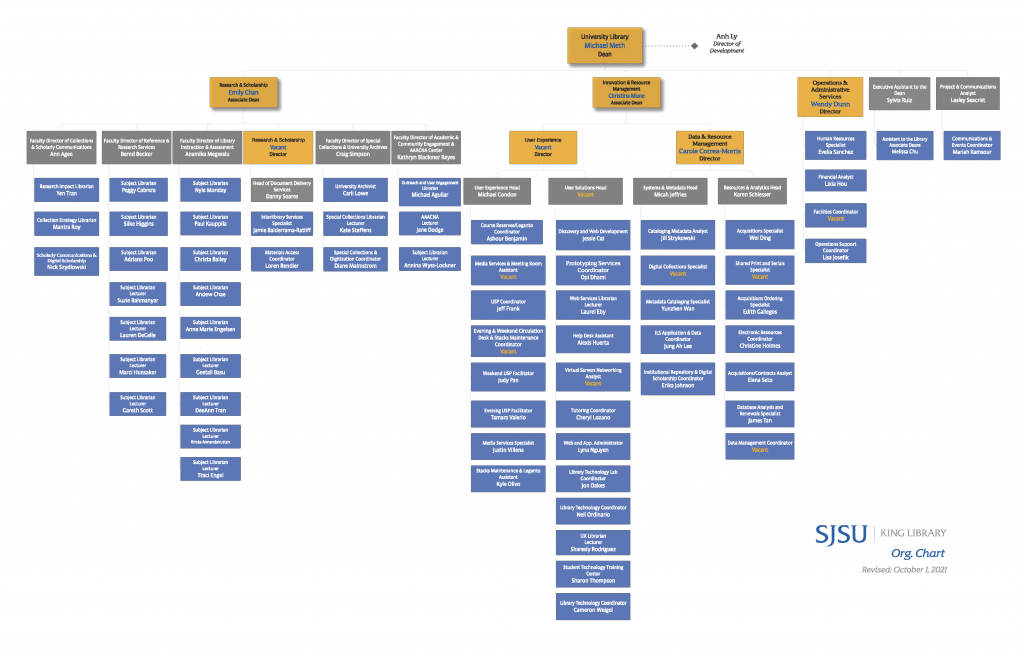
Look at the staff organization chart of the San Jose State Library. It reads as a monolith, a machine. Tight rows of lined soldiers marching one-by-one neatly into obscurity and obsolescence. It is what Brian Matthews in Cultivating Complexity would call the Mechanist Mindset. It is the stifling of creativity for the perceived security of controlled chaos. It may have been a necessity in a time before the internet, but has become even more of an antiquity in a time of a pandemic. Matthews provides some solutions. Three ways to structure amongst the chaos: the Pooled, the Sequential, and the Reciprocal.
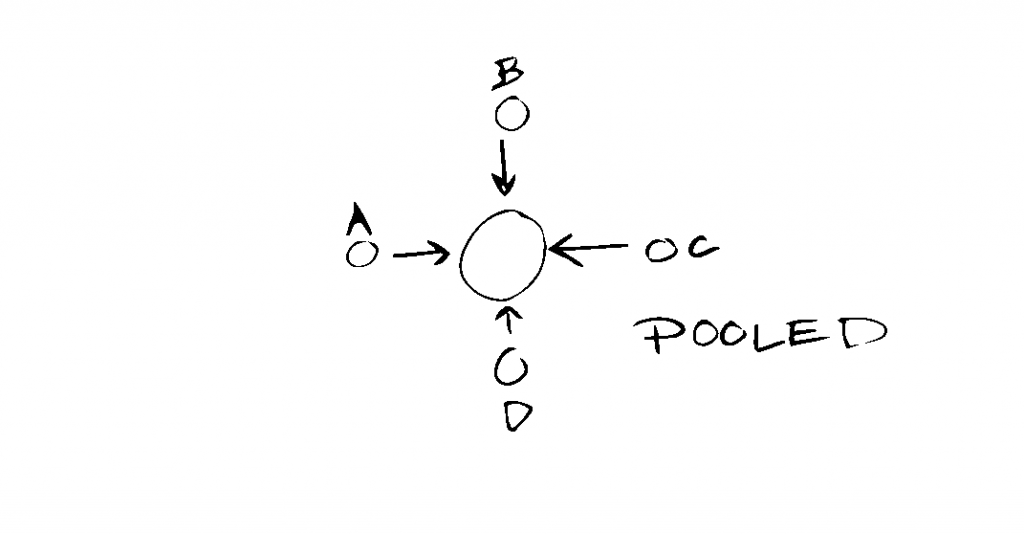

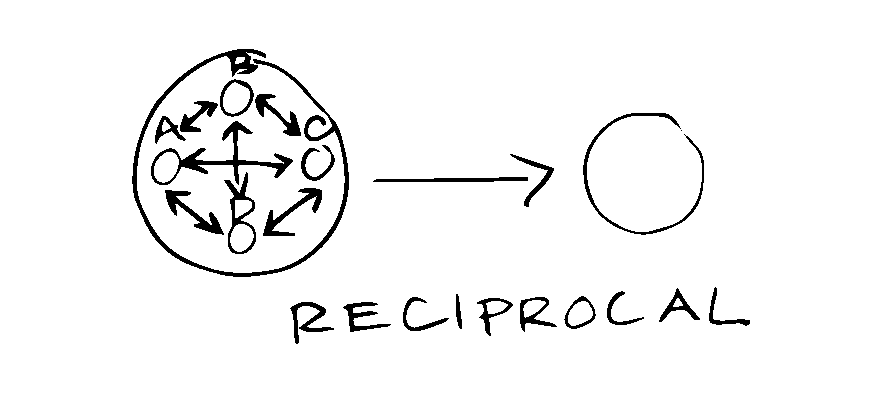
Each one of a particular style, the Pooled being individuals working towards a specific goal, the Sequential vying for step-by-step progress in small increments towards a goal, and the Reciprocal highly interactive and communicative working towards a particular goal. And those are great for individual projects, but how do we get the “Team of Teams”? The highly collaborative, transparent mode of working where everyone is at the table communicating with one another and being able to prioritize needs by seeing the whole landscape.
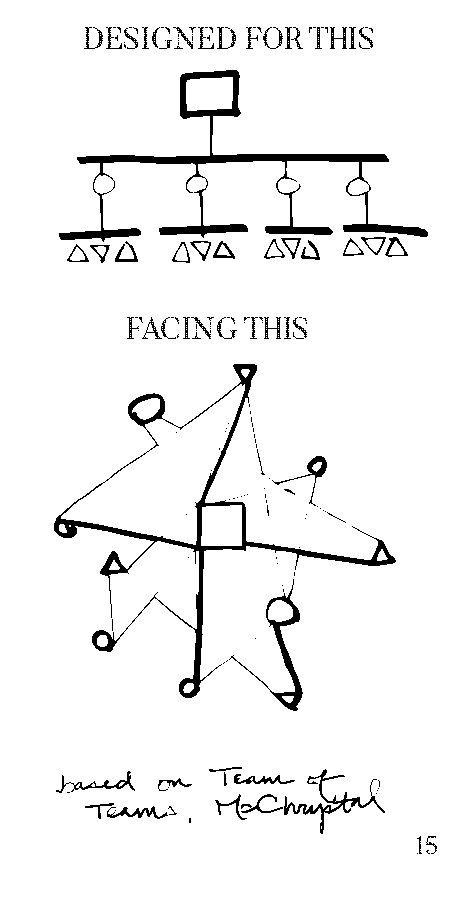
So here it is, The Structural Web. It may not be perfect, but it is a start. A reframing. Instead of top down, we have all across.
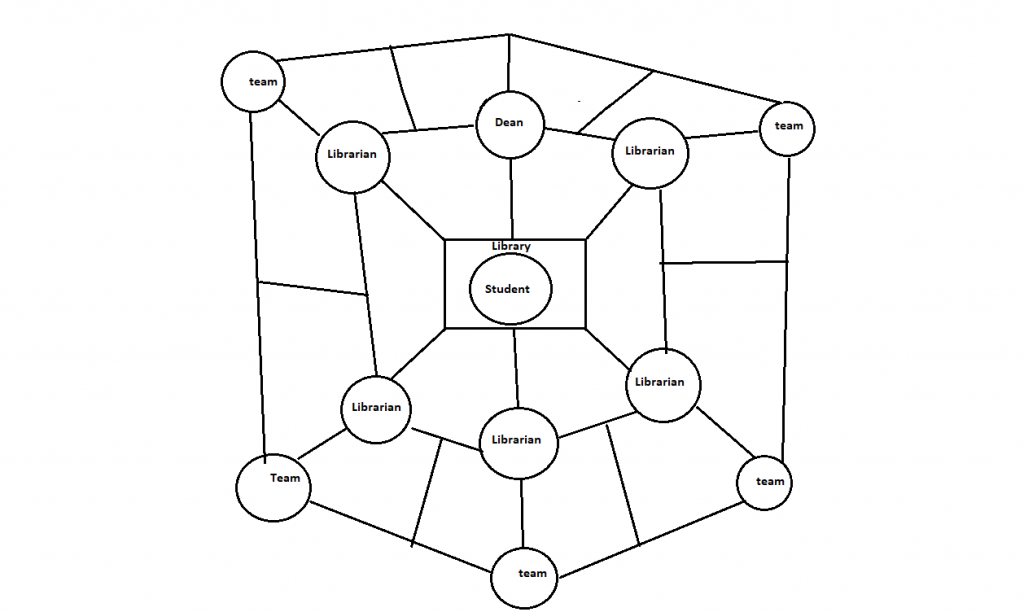
Each string communicating with the next and the next and the next – the vibrational waves spread all across the web. There are no boundaries. Only roles. The non-MECE, that help identify guidance. And while there many goals within this web, there is one identifying factor that everyone works towards: Helping students succeed through the library and beyond.
As Steve Denning says, we are in the time of the Creative Economy. A need for fast-paced movement with a direct eye on the people we are trying to uplift. If we continue to move with the slow, lumbering traditional hierarchy we are in line to become zombies – dead without realizing. This is not to say the org. chart is the end all be all, but it is a place to start. Images play a powerful role to stimulate change. It is a means to show what we value. And I, for one, am tired of having to work in the shadows of the system to get anything done. How about you?
– Cesar
Hi everyone!
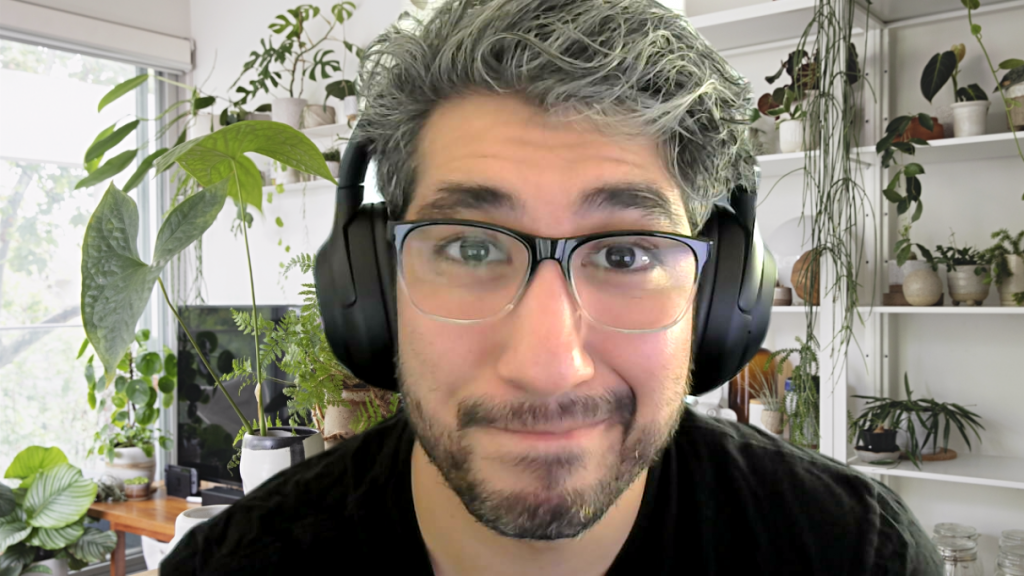
Here is my introductory post to let you get to know a little about me and what I’m excited to do for this semester. First, my name is Cesar Reyes, and I am super excited to be here in INFO 287. I am huge advocate for technology and innovation, especially in libraries, so taking this class with Dr. Stephens who I took in 204 (and loved!) has been something I’ve been looking forward to. I think what I am most interested in is simply learning what is available and could be available. To create a foundation of knowing so I can build upon it for years to come. I think this connection to technology also connects my love for Sci-Fi. Technology is only interesting as people’s ideas and feelings are around technology. How does technology help people to do things more conveniently in the library? What are the pitfalls of adopting said technology too soon without concern for patrons? These are the types of questions that I am curious about pursuing. As I navigate this course, I’ll be going in less concerned about the technology and more interested in the people because as technology changes, people don’t change all that much.
On another note, I am in one of my last semesters of MLIS program and am super excited to be starting my journey as an Academic Librarian. As well, to get back to some of my hobbies that I have had to put on hold while going through the program. Some of those include writing and poetry which I used to do pretty consistently but have found little time for my creative brain to breathe. Also, I have a deep love for hiking and indoor bouldering. And, of course, I do enjoy reading especially graphic novels. Right now I am reading Margaret Atwood’s Oryx and Crake and Ed Brubaker’s/Artist Sean Philips’ series Kill or Be Killed.

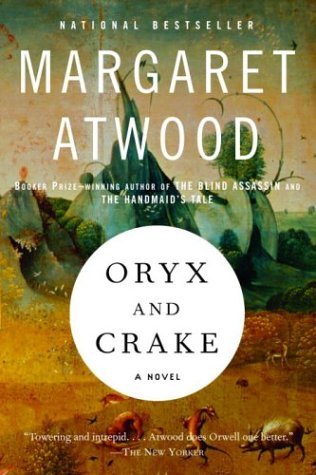
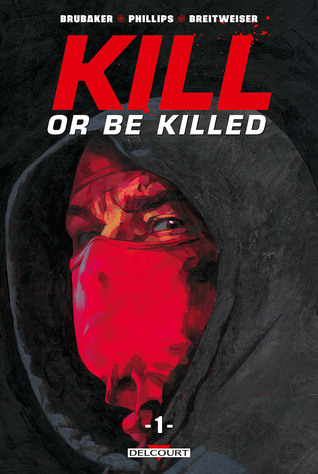
I am excited to get to know a little bit about you. Feel free to drop a comment and tell me about the hikes you’ve taken, books you love, or anything in between.
– Cesar